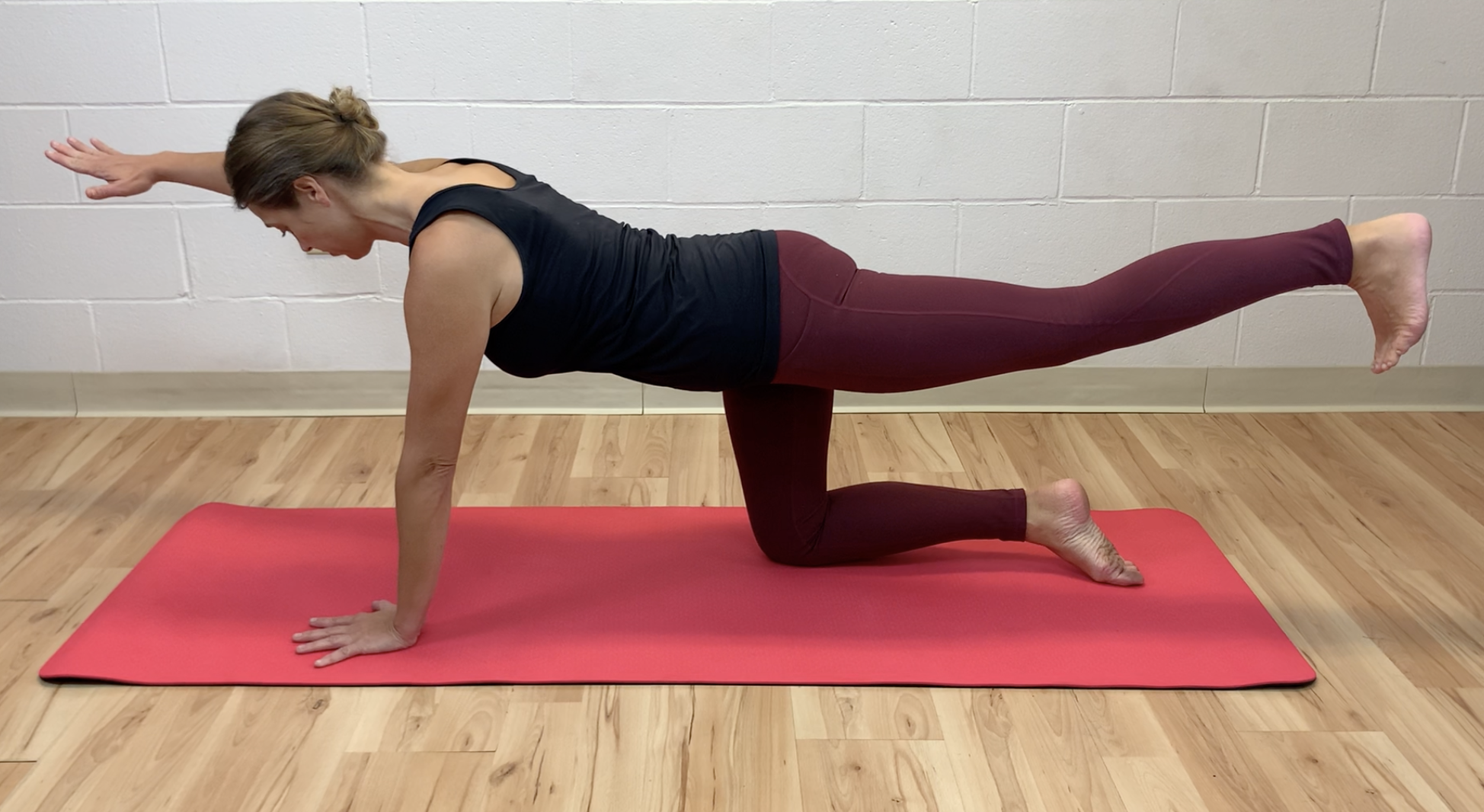Herniated Disc Explained
You drop something on the floor and bend over quickly to pick it up. A sudden, severe ache abruptly rushes through your back. This could be due to herniated disc.
WHAT IS A HERNIATED DISC?
In between each vertebrae sits a spinal disc. These discs are rubbery pad-like cushions with a soft, gel-like center and act as shock absorbers for the spine. When vertebrae pinch down too hard on a disc, the gel-like material inside leaks out, resulting in a herniated disc. It’s kind of like squeezing the filling out of a jelly doughnut. It is also called commonly referred to as a ruptured or slipped disc. The part of the lower back that is located directly above the hips, is where herniated discs most commonly occur. However, it can also happen in the neck as well.
The symptoms appear in the form of sciatica, numbness, and pain in the back, hips, and legs. When the herniation occurs in the neck, the pain can stretch into the arms. These maladies are due to irritation to the nearby nerves created by the squished-out, gel-like center pressing against them. Depending on its severity, the discomfort can be sharp or mild and may leave you feeling tight and weak. Bending over, sneezing, or coughing can all aggravate the discomfort.
CAUSES
Weak core muscles
Frequent lifting of heavy objects
Sitting or standing for long durations
Sharp movements in sports
Sudden impacts
Obesity
Family History
Frequent nicotine intake (this dries out the discs making them more easily compromised)
Age (spinal discs become less flexible over time)
PREVENTION
Doing exercises to maintain core muscle strength, using safe techniques for lifting, and maintaining appropriate weight can help prevent a herniated disc.
TREATMENT
While surgery is sometimes necessary, in most cases conservative measures can be taken to relieve pain and get you back to doing the things you love.
Gentle stretching to keep surrounding muscles flexible and decrease peripheral pain
Core strengthening to protect the spine
Massage for pain management and increased flexibility
Ice or heat for pain management
NSAIDs (non-steroidal anti-inflammatory drugs) like ibuprofen or naproxen for pain relief (consult your doctor before taking any drugs)
EXERCISES
(Be gentle when stretching)
Hamstring Stretch
Lay on your back. Take a strap or towel and place it around the ball of your foot.
Raise your leg up as high as you can without the knee bending while actively pushing your opposite leg into the floor.
To increase the stretch, push out through the heel of the raised leg
Hold for 45 seconds to 1 minute
Repeat on other side
Piriformis Stretch
Lay on your back, crossing one ankle over the opposite knee, and flex the foot
Pull the uncrossed leg into your chest until you feel a stretch in the crossed leg’s hip.
Hold for 45 seconds to 1 minute
Repeat on other side
Bird/Dog
This exercise is to help strengthen your core, help heal the herniation, and protect it from further injury
Start on hands and knees. With a tightened core, extend one arm straight forward without moving your core.
Alternate arms a few times and then extend the legs one at a time.
If you are able to do this while maintaining a stable core, try extending alternate arm and leg out at the same time.
***Do not let the low back arch. Keep the stomach firm.***
Hold each extension for 3 seconds.
Repeat 8-10 times on each side








